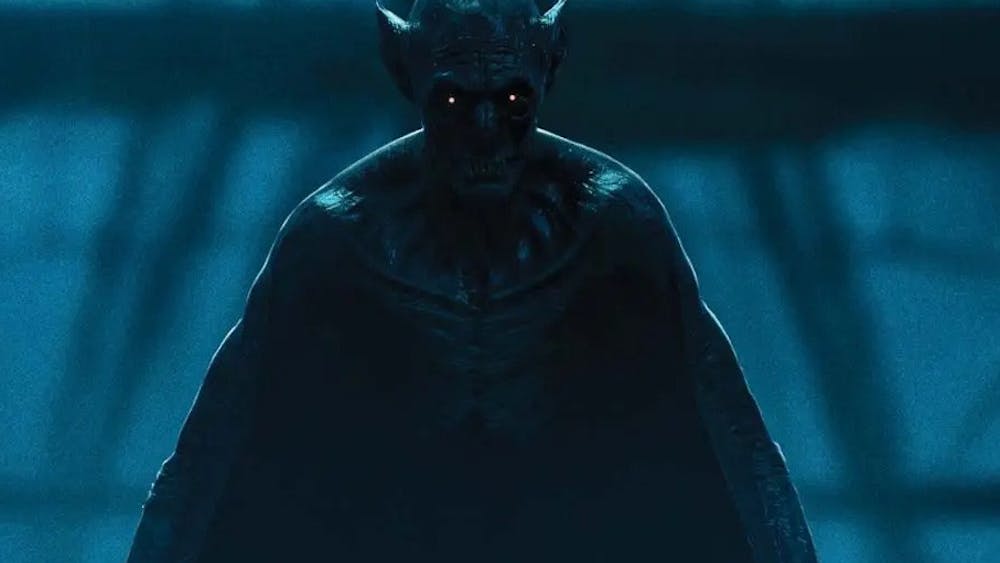On Wednesday the Philharmonic Orchestra under the baton of Carl St. Clair gave a truly spectacular performance at the Musical Arts Center. The orchestra's skill at tackling the three pieces on the program was truly spellbinding. And the feat is even more astounding because the program was put together in just two weeks.\nThe first item on the program was, as usual, an overture. But not just any overture. The featured piece here was Hector Berlioz's "Roman Carnival," a very demanding piece. Its harrowing speed and lively melody forces the player to play as quickly and as accurately as possible. But the orchestra managed to overcome this barrier with apparent ease and with all the fire and fury that is characteristic of Berlioz. If this revolutionary composer were still with us today, he would certainly have been ecstatic about this performance.\nThe second piece in the concert was a double concerto written by IU's own, still-breathing, Don Freund. It featured IU staff members Ik-Hwan Bae on the violin and Tsuyoshi Tsutsumi on the cello. Although Mr. Bae and Mr. Tsutsumi captivated the audience with their talents and the Philharmonic matched the skill shown in the overture, the contemporary feel of this piece made it difficult for the audience to connect with the music. \nIt displayed the lack of organization, lack of melody and lack of tonality that is characteristic of this dreaded genre. Its horribly inflated orchestration also detracted from its effect. Although Mr. Freund is obviously a talented man, the contemporary style fails to strike a chord with an audience, much less any chord at all. And that is why the most popular composers are pre-twentieth century.\nThe third piece made up for any shortcomings of the second. It was Modest Mussorgsky's suite "Pictures at an Exhibition," which describes the composer's journey through an art gallery. Although originally written for piano, it was orchestrated in the 1920s by the French composer Maurice Ravel. This ponderous, half-hour-long suite is the perfect test for an orchestra's endurance, and the Philharmonic passed with flying colors. The personality of each part of the piece was so vividly portrayed that one could almost see the paintings Mussorgsky describes through music: the gnome, the old castle, the Polish oxcart, the catacombs and others. And then there is the "The Great Gate of Kiev," the piece's finale, performed with every bit of majesty and splendor that an exhausted orchestra can give it.\nWe have here at IU a world-class orchestra with some of the most talented musicians in existence. If the other musical ensembles are even anywhere nearly as talented as the Philharmonic, listeners are in for a real treat this year. Admission is free to all orchestra performances, so listeners are greatly encouraged to attend. Go and listen! It's an experience not to be forgotten.
Philharmonic blows audience away
Get stories like this in your inbox
Subscribe





